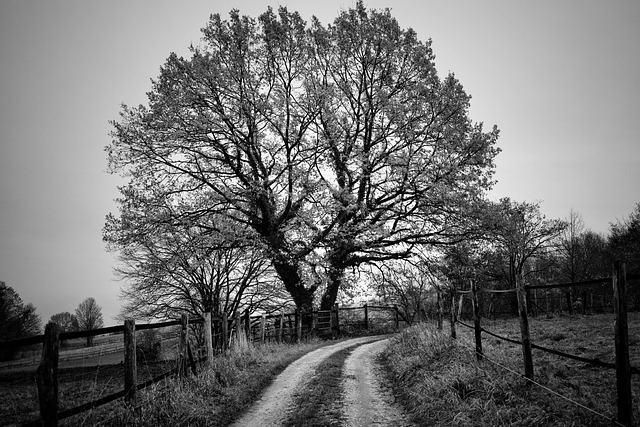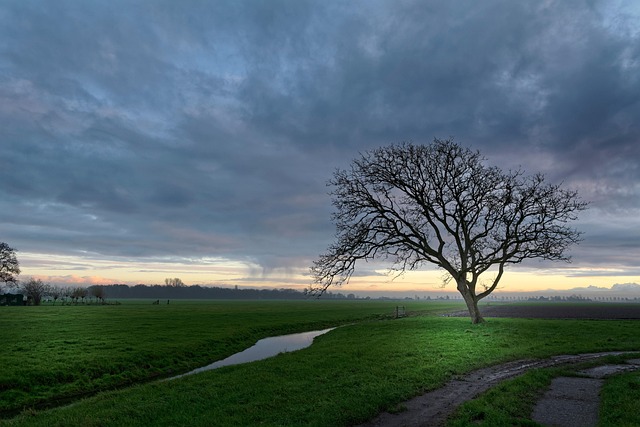Effective Plano TX Tree Care demands a deep understanding of local tree diseases, early identification of distress signs like leaf discoloration and abnormal growth, and proactive measures including regular inspections, proper pruning, adequate watering, and organic pest control. Maintaining healthy soil and tailored seasonal care are crucial. Professionals advocate natural solutions and organic methods for disease management, prioritizing trees' overall health. Prompt recognition of severe issues requires certified arborist intervention to prevent risks to property and public safety, with ongoing maintenance vital for long-term recovery.
In Plano, TX, understanding and managing tree diseases is crucial for maintaining vibrant landscapes. This comprehensive guide delves into the common issues affecting local trees, offering insights on identification and early intervention—key strategies in disease prevention. From organic treatment methods to signs requiring professional arborist attention, we equip homeowners with the knowledge to care for their trees effectively. Learn essential post-care strategies for restoration and embrace proactive Plano TX tree care for healthier, longer-lasting trees.
- Understanding Tree Diseases in Plano TX: Common Issues and Identification
- The Importance of Early Intervention in Diseased Trees
- Essential Steps for Proper Tree Care to Prevent Diseases
- Natural Solutions: Organic Methods for Treating Tree Diseases
- When to Call a Professional Arborist in Plano TX
- Restoring Health: Post-Care Strategies for Diseased Trees
Understanding Tree Diseases in Plano TX: Common Issues and Identification

In Plano TX, understanding tree diseases is crucial for effective tree care. Common issues include fungal infections, bacterial blight, and insect infestations, each with distinct symptoms such as leaf discoloration, wilting, and abnormal growths. Identifying these problems early is key to managing and preventing further damage; professional arborists in Plano TX can help with accurate diagnosis using advanced techniques.
Tree care in Plano TX involves proactive measures to combat diseases. Regular inspections, proper pruning, and adequate watering are fundamental. Additionally, using organic or approved pesticides and fungicides can help control insect populations and fungal outbreaks. Maintaining a healthy soil environment and ensuring trees receive the right nutrients also strengthens their natural defenses against Plano TX tree diseases.
The Importance of Early Intervention in Diseased Trees
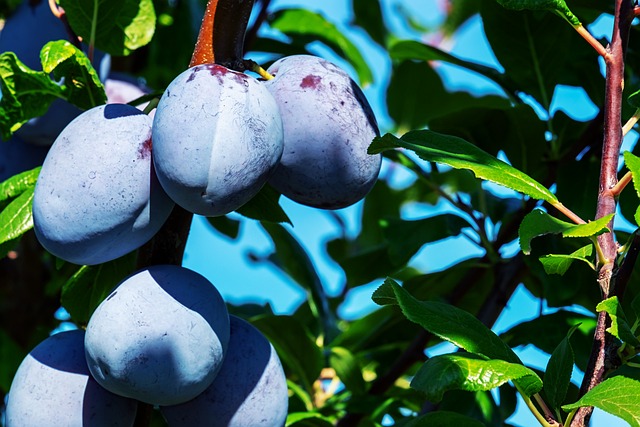
Early intervention is key when it comes to diseased trees in Plano, TX. Recognizing the signs of distress early on can make a significant difference in the tree’s health and longevity. Many times, trees will show subtle symptoms like discolored leaves, unusual growth patterns, or oozing bark before a serious illness takes hold. Homeowners and local Plano TX tree care experts should be vigilant in observing these indicators, as prompt action can often prevent the need for extensive treatments or even tree removal.
By taking a proactive approach, professionals can identify and treat issues like fungal infections, insect infestations, or nutrient deficiencies before they weaken the tree’s defense mechanisms. This not only saves the tree but also avoids the costs associated with more invasive remedies. Early intervention also ensures the preservation of the tree’s aesthetic value and its positive impact on the local ecosystem in Plano, TX.
Essential Steps for Proper Tree Care to Prevent Diseases

Caring for trees is an investment in your Plano TX property’s health and beauty, and proper care can significantly reduce the risk of diseases. First, maintain proper spacing between trees to ensure good air circulation, which helps prevent fungal infections. Regularly water your trees, especially during droughts, as adequate hydration strengthens their natural defenses against illnesses. Mulch around the base of trees to conserve moisture and regulate soil temperature, creating an optimal environment for healthy growth.
Pruning is another vital step in Plano TX tree care. Remove any dead or diseased branches promptly to stop the spread of infections. Prune during the dormant season to minimize stress on the tree. Lastly, consider seasonal care tailored to each type of tree, as some require specific attention during flowering or leaf drop to prevent common diseases. Regular attention to these essential steps will contribute to the long-term health and vibrancy of your trees.
Natural Solutions: Organic Methods for Treating Tree Diseases
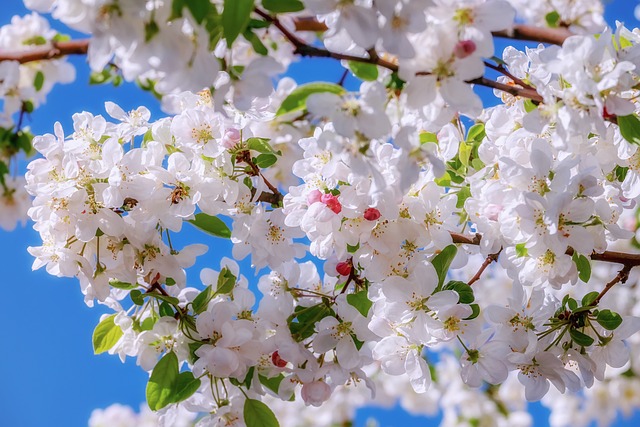
In the realm of Plano TX tree care, natural solutions and organic methods are gaining traction as environmentally conscious alternatives to conventional treatments. When it comes to addressing tree diseases, homeowners and professionals alike are opting for a more holistic approach, focusing on enhancing the tree’s overall health rather than solely eliminating symptoms. This involves understanding the root causes behind tree maladies, which can often be traced back to factors like poor soil conditions, inadequate hydration, or exposure to environmental stressors.
By employing organic techniques, such as bio-stimulation, beneficial insect introductions, and targeted compost applications, Plano TX tree care specialists can promote natural resistance and resilience in trees. These methods not only provide effective disease management but also contribute to a healthier ecosystem by minimizing the use of synthetic chemicals. As a result, residents and local professionals are encouraged to adopt sustainable practices, ensuring the long-term well-being of both urban forests and the environment they thrive in.
When to Call a Professional Arborist in Plano TX

In Plano TX, knowing when to seek professional tree care services is crucial for maintaining healthy and vibrant landscapes. While some minor issues like dead branches or light pruning can often be handled by homeowners, more severe problems warrant the expertise of a certified arborist. If you notice signs of disease, such as discolored leaves, unusual growth patterns, or oozing lesions on the bark, it’s time to call in the professionals.
Diseased trees can pose significant risks to both property and public safety if left untreated. An arborist in Plano TX will have the knowledge and tools to accurately diagnose the issue, recommend appropriate treatment options, and provide expert care to ensure the longevity of your trees. They can also offer guidance on preventive measures to protect other trees from similar diseases or infestations.
Restoring Health: Post-Care Strategies for Diseased Trees
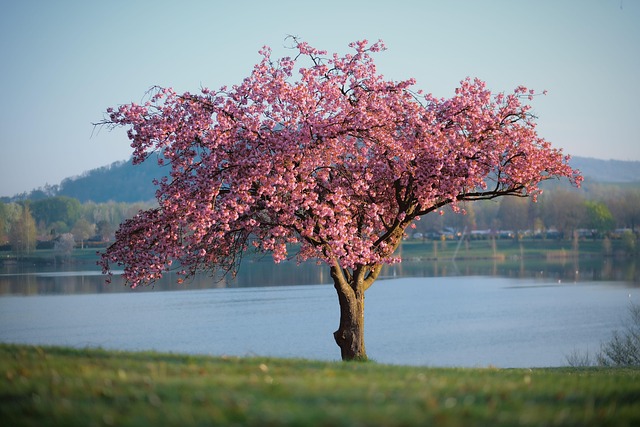
Restoring health to diseased trees in Plano, TX involves a multifaceted approach that extends well beyond initial treatment. Post-care strategies are crucial for ensuring long-term vitality and resilience against future infections or infestations. The first step is to maintain proper hydration by regularly watering the tree, especially during dry spells, as adequate moisture supports its immune system. Fertilization can also play a significant role; a balanced fertilizer can provide essential nutrients that aid in recovery and promote new growth.
Pruning is another critical component of post-care. Remove any dead or diseased branches to prevent the spread of infections and improve airflow around the tree. However, it’s essential to do this carefully; incorrect pruning can cause further damage. Regular monitoring for signs of disease or pest activity will help catch potential issues early on, allowing for swift intervention with minimal impact on the tree’s health. Plano TX tree care professionals emphasize the importance of ongoing maintenance and care, as consistent attention is key to restoring and maintaining the health of diseased trees.
In conclusion, addressing tree diseases in Plano TX requires a comprehensive understanding of common issues and early intervention. Implementing proper care practices and exploring organic treatments can significantly enhance tree health. When necessary, consult a professional arborist for expert assistance. With the right strategies, including post-care restoration techniques, you can effectively manage and revive diseased trees, ensuring their longevity and beauty in Plano TX’s landscape.



